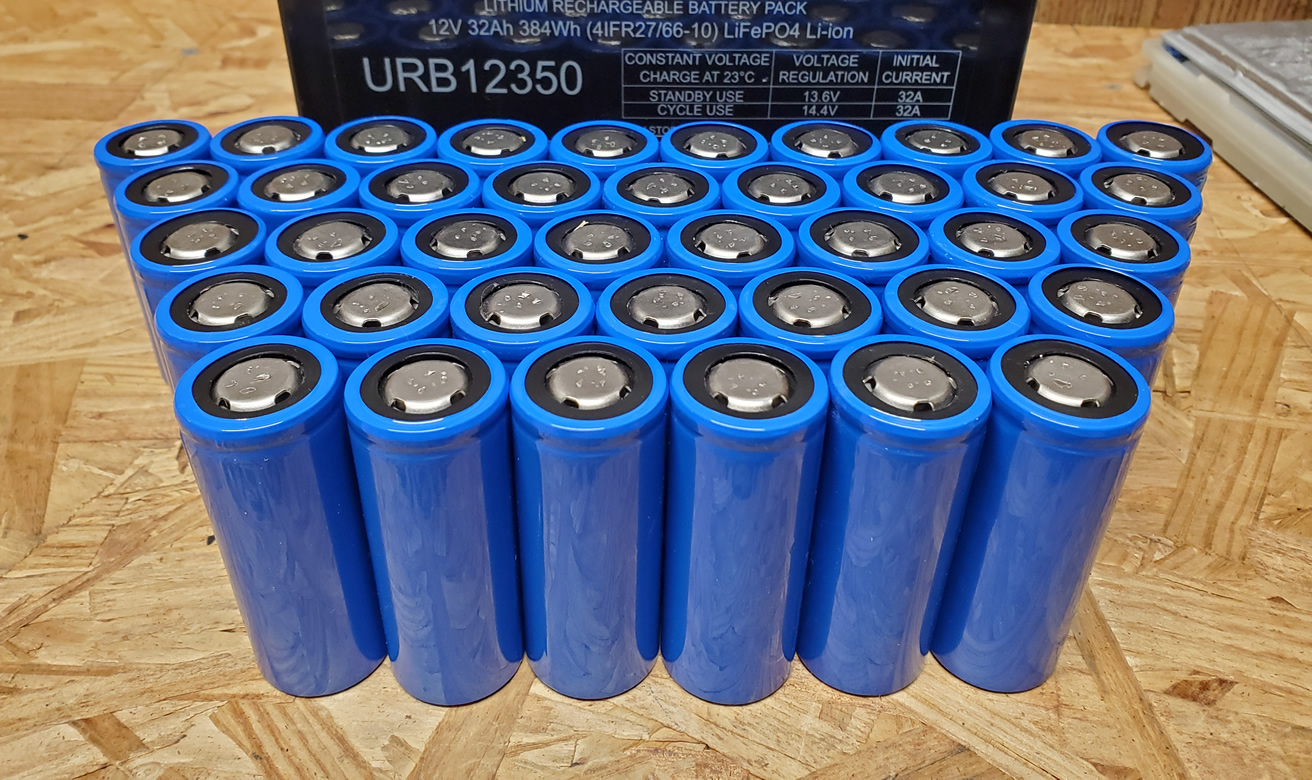ChiefPompey
New member
- Joined
- Apr 14, 2021
- Messages
- 4
Hello All -
After playing around with drones and RC cars and learning a bit about batteries, curiosity got the best of me and the thought of building a larger sized battery kept rattling around in my head. Leave it to the internet to connect a bunch of like minded people and have ideas and information flowing freely! Video after video on Youtube made me think "Hey, this isn't just a pipe dream!" It's really exciting to find this forum and I look forward to interacting with you all!
I'm currently in the process of planning and learning about building a battery to power my home.. I live in the US and I currently have a grid-tied 12.06kw solar system on Enphase micro inverters. I would like to have a battery for backup power and the ability to go off-grid. Though I have a familiarity with many of the concepts here, a few things leave me with questions - specifically around putting all the pieces together for a home battery bank.
My thought is that a 14s100p battery would work for my needs, possibly two of them if I find that I'm capable of making this all work. From what I've read so far, I would require an AC coupled system to make this all work, and I think I need a hybrid inverter for the battery to the "energy pool." The SMA Sunny Island initially caught my eye, but this is rather expensive. I'm having trouble searching the internet for more information because I suppose that I do not know the relevant questions to ask.
What alternatives are there in terms of inverters for grid-tie systems to allow off-grid use? Is this simply called a hybrid inverter?
Thank you all very much!
--ChiefPompey
After playing around with drones and RC cars and learning a bit about batteries, curiosity got the best of me and the thought of building a larger sized battery kept rattling around in my head. Leave it to the internet to connect a bunch of like minded people and have ideas and information flowing freely! Video after video on Youtube made me think "Hey, this isn't just a pipe dream!" It's really exciting to find this forum and I look forward to interacting with you all!
I'm currently in the process of planning and learning about building a battery to power my home.. I live in the US and I currently have a grid-tied 12.06kw solar system on Enphase micro inverters. I would like to have a battery for backup power and the ability to go off-grid. Though I have a familiarity with many of the concepts here, a few things leave me with questions - specifically around putting all the pieces together for a home battery bank.
My thought is that a 14s100p battery would work for my needs, possibly two of them if I find that I'm capable of making this all work. From what I've read so far, I would require an AC coupled system to make this all work, and I think I need a hybrid inverter for the battery to the "energy pool." The SMA Sunny Island initially caught my eye, but this is rather expensive. I'm having trouble searching the internet for more information because I suppose that I do not know the relevant questions to ask.
What alternatives are there in terms of inverters for grid-tie systems to allow off-grid use? Is this simply called a hybrid inverter?
Thank you all very much!
--ChiefPompey



